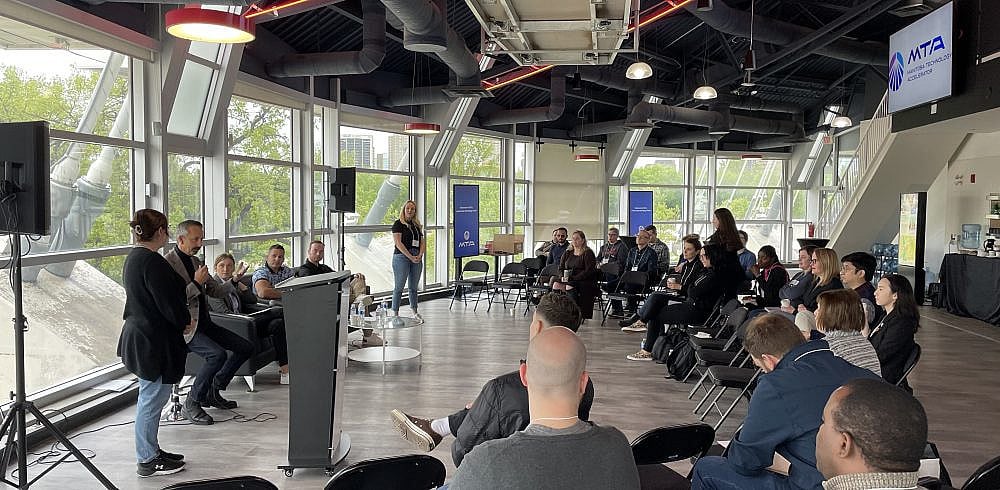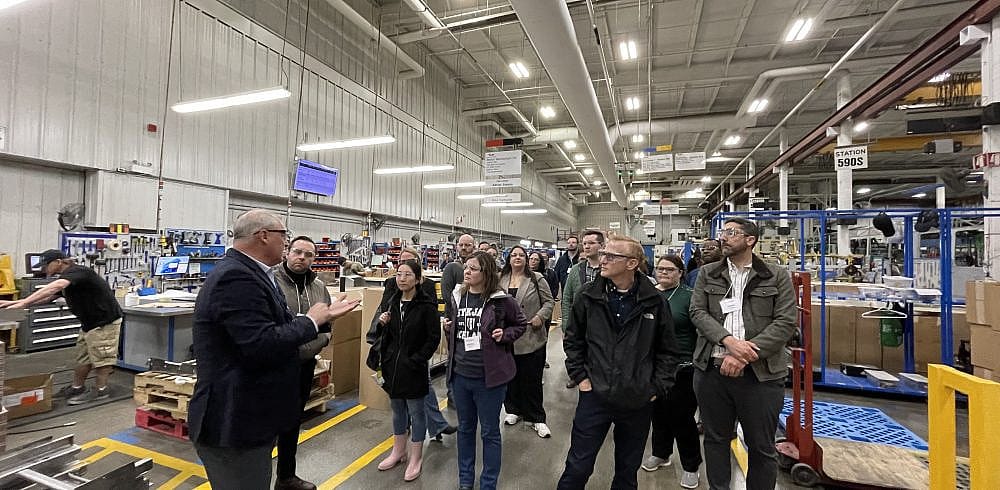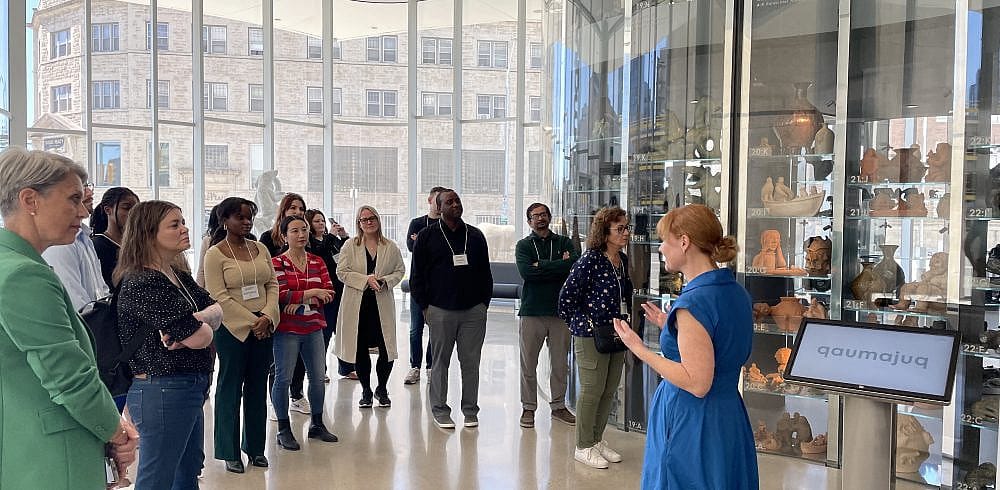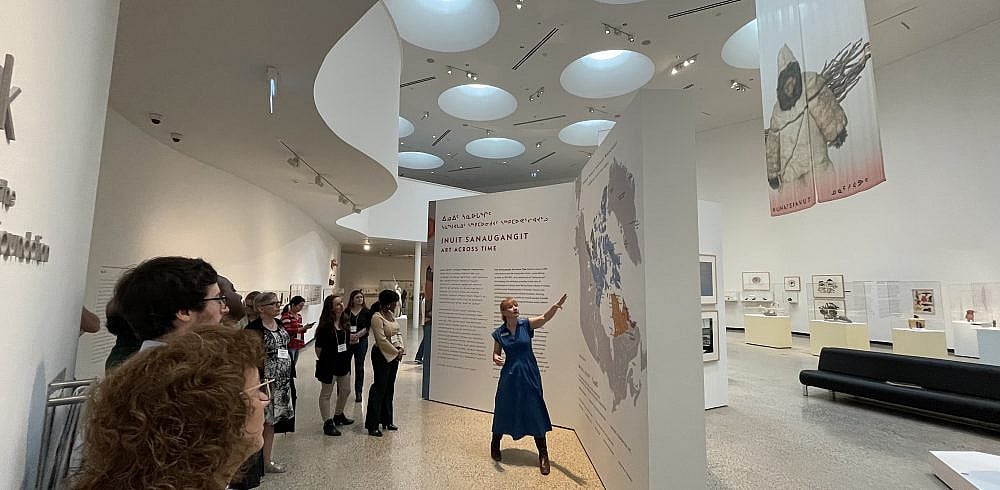 3 minute read
3 minute read
Post Contributed by Celeste Theriault, Executive Director,National Indigenous Diabetes Association
Leadership Winnipeg Class of 2022-2023
The fields of science, technology, engineering, and mathematics (STEM) have long been dominated by men. However, in recent years, there has been a growing push to increase representation in these fields for women and people from underrepresented minority groups.
During our Leadership Winnipeg (LW) session at University of Manitoba (UM) on March 17th, our cohort was led to understand the importance of representation in these fields. Our day started with a panel discussion, in which we talked about women in STEM fields, the importance of Indigenous representation as they have stewarded the land and waterways from time immemorial and ensuring diversity in the field.
The lack of representation in STEM fields is a complex issue with several contributing factors. One of the main factors is the lack of role models and mentors for young women and minority students interested in STEM. Without visible representation of individuals from diverse backgrounds in these fields, it can be difficult for young people to see themselves in STEM careers.
Another factor is the cultural and systemic biases that exist in STEM fields. Stereotypes about gender and race can create a hostile work environment that discourages diversity. This can include subtle forms of discrimination, such as assumptions about who is best suited for certain roles or who is most likely to succeed in STEM.
A great example of underrepresentation in STEM fields was brought forward to us by Nusraat Masood, Director of the WISE Kid‐Netic Energy Program (housed in the Price Faculty of Engineering) as she discussed our society’s failure to use women mannequins as car crash test dummies. The cars were not suited to measure the impact of a woman’s body in the car, only a man’s body. Only after several repercussions was the first female crash test dummy introduced. You see, if representation was present early on, we could have potentially avoided such a disastrous finding. It shows us that we still have work to do.
To combat these challenges, there are several initiatives aimed at increasing representation in STEM fields at UM. Luckily, our cohort got to hear everything about them! We heard from Nusraat as well as the Engineering Access Program (ENGAP) Director, Randy Herrmann and PSLP Alum, Meycee Kalaw-Crevier. The insights these individuals had to share all stressed the importance of diversity and representation in our work. They brought forward how difficult it was to face the red tape in academia sometimes, but also noted how important it was to keep advocating for change. Some initiatives include mentorship programs, scholarships, funding opportunities, and even school programs aimed at introducing STEM to underrepresented communities.
It is important to note that diversity and inclusion in STEM fields is not just a matter of social justice, but it is also vital for the advancement of science and technology. A diverse range of perspectives and experiences can lead to more innovative solutions and new discoveries. Efforts to increase representation must be accompanied by policies and cultural changes to create more inclusive work environments for individuals from diverse backgrounds. By working together to promote diversity and inclusion in STEM fields, we can create a brighter and more equitable future for all and our day with LW at UM proved that.
To learn more about the programs mentioned above visit these links:
- Wise Kid-Netic Energy (STEM programming for youth including summer camps)
- ENGAP (Providing opportunities for Indigenous students to get into the Price Faculty of Engineering)




